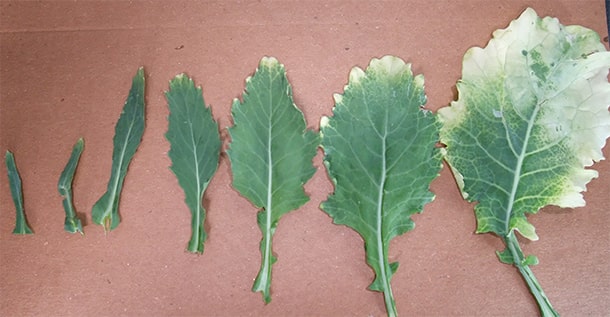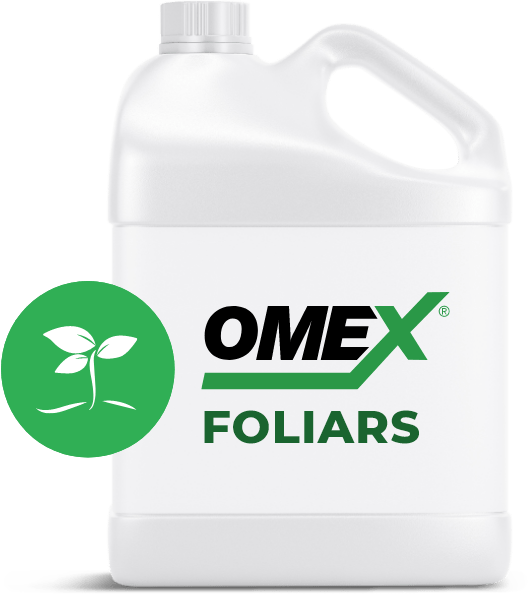
PK Bulk


The best Phos-Mag solution
ANALYSIS: 0-29-5 WITH 4% MG
What is It?
- PK Bulk is a fully water soluble, plant available liquid fertilizer.
- It contains high concentrations of Phosphorus, Potassium and Magnesium.
- PK Bulk has a guaranteed analysis of 0-29-5, 4% Mg
- PK Bulk is user- and equipment-friendly and easier to handle.
- The product is available in 10L jugs, 450L and 1000L IBC’s.
When & Why Use It?
- PK Bulk is suitable for all major field and horticultural crops and vegetables.
These include cereals (wheat, barley, oats, corn), oilseeds (canola, mustard, flax), pulses (peas, chickpea, lentils, beans), tuber and root crops (potatoes, carrots). - Use to mitigate or correct Phosphorus, Potassium and Magnesium deficiency.
- PK Bulk contains Magnesium, which is a vital for chlorophyll and protein synthesis.
- Magnesium deficiency is often experienced in areas of light sandy soils with a low pH.
- Deficiency in Magnesium translates into a lack of vigor and delayed reproductive stages.
- The symptoms of such a deficiency exhibit as pale white strips on the leaf, leaf tip browning and reddish interveinal discoloration.
What to Expect?
- High Phosphorus content will lead to an increase in biomass and an optimum yield.
- PK Bulk contains Magnesium, which is the center molecule of chlorophyll that makes the crop greener.
- Magnesium is also important for carbohydrate transport and helps with grain fill.
- Magnesium prevents damage from the oxidative stress encountered late in the season.
Size Options

Tote

10L
Application Guidelines
- Apply PK Bulk at 2-4 L/ac in a spraying volume of 10-15 US gal of water.
- Repeat at 1-2 week intervals, with a maximum of 3-5 applications per season.
- Can be combined with other fertilizers and pesticides (see compatibility charts).
- A jar test is recommended especially if the desired combination has not been previously used.
Findings



